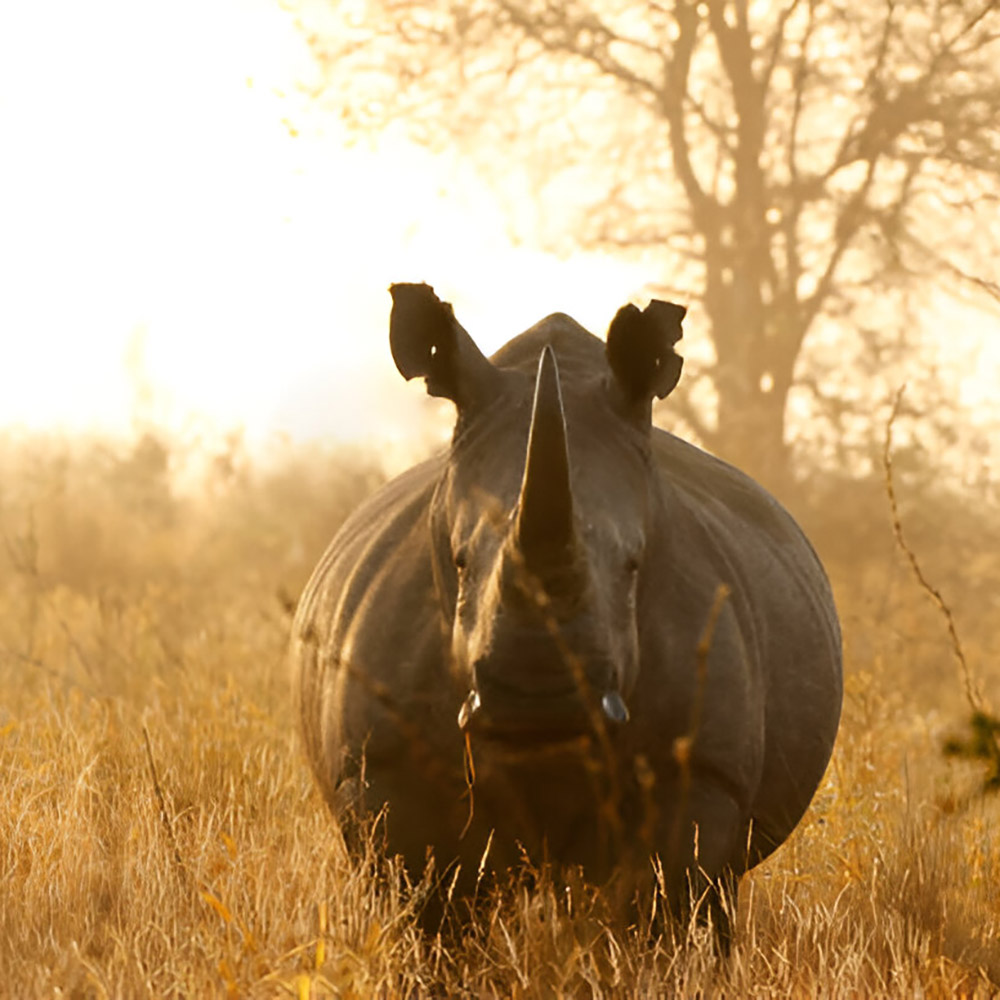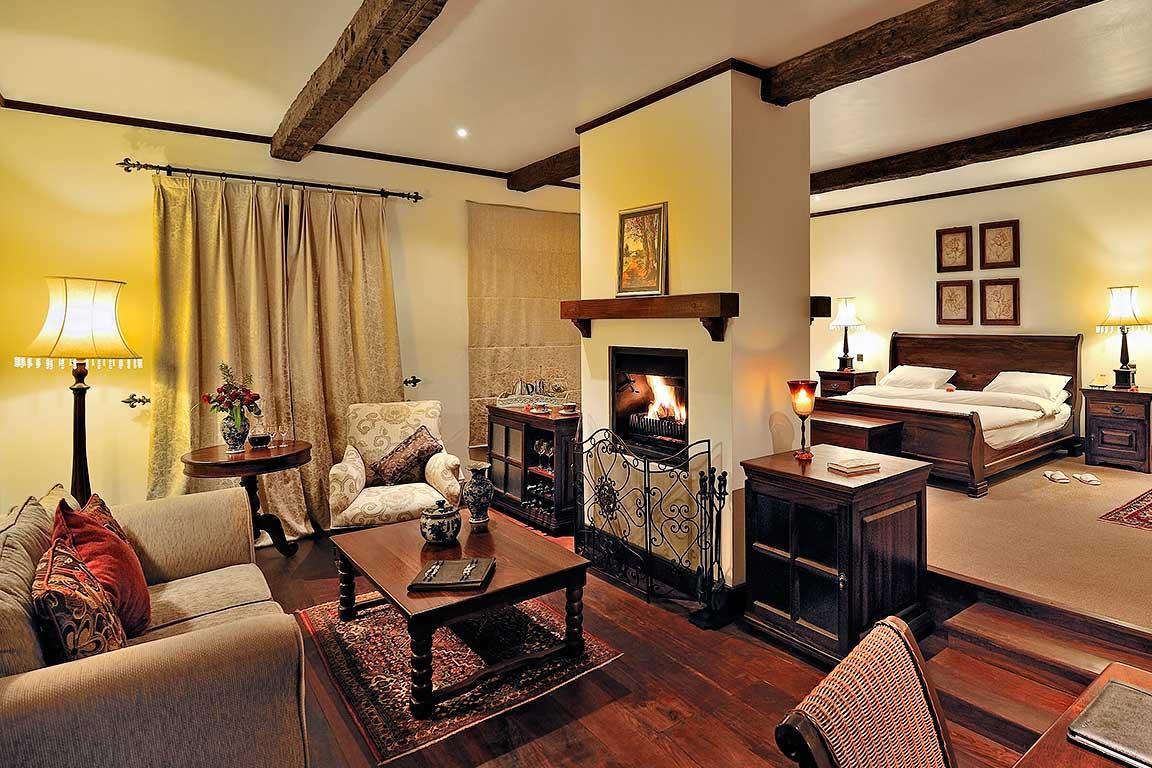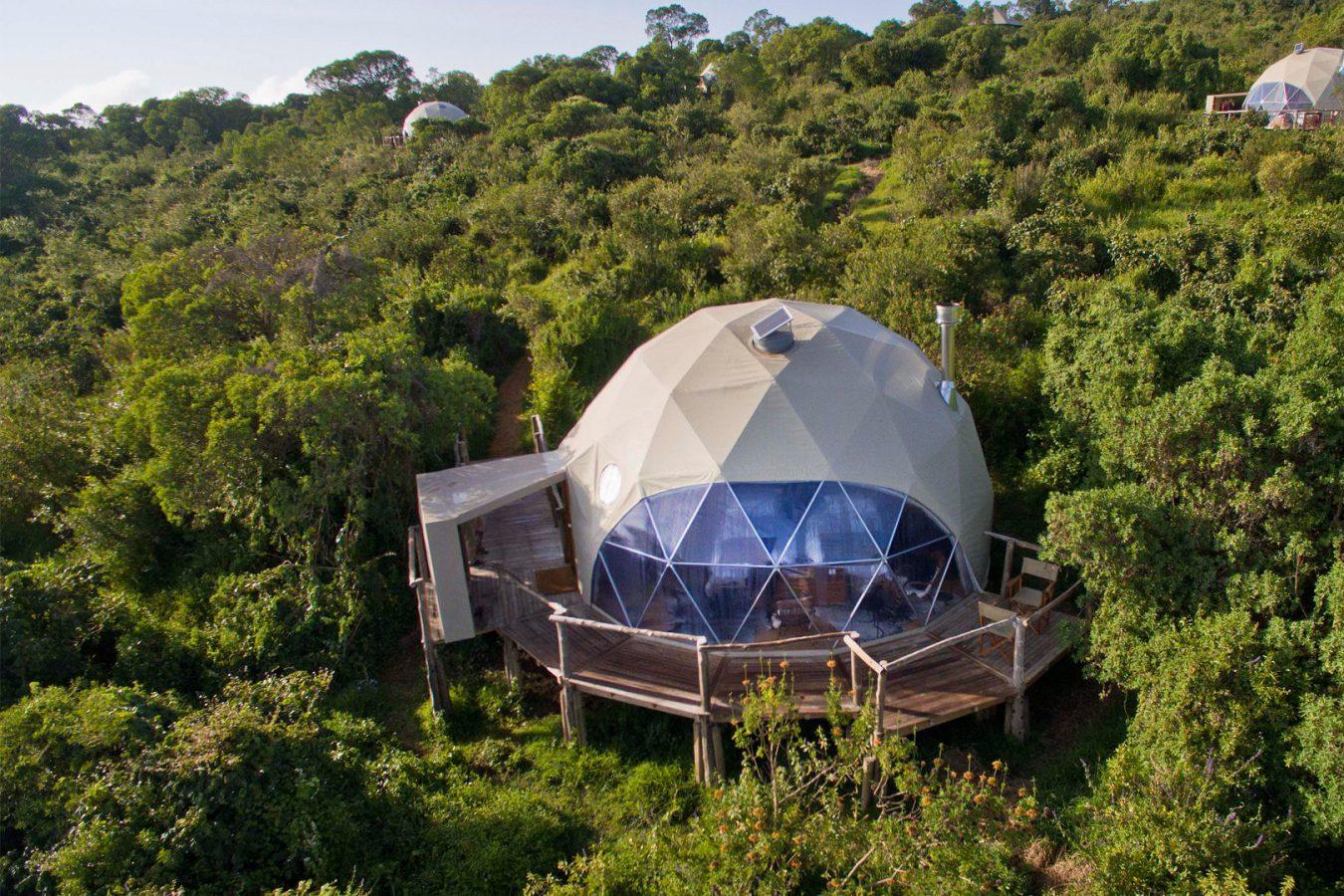- Peack Time
- Oct - Dec
- Best time to go
- Year Round
- Know for
- Big 5
Why visit the Ngorongoro Crater?
Nestled at the foot of the western Rift Valley Escarpment, Lake Manyara is a shimmering alkaline oasis that captivates the eye. Under the sun’s warm embrace, the lake often transforms into a canvas of pink as lesser flamingos flock in droves. In its deeper waters, small pods of hippos lounge lazily, their ears flicking while egrets perch gracefully on their backs.
Encircling the lake is a stunning national park boasting diverse habitats—grassy floodplains, lush groundwater forests, acacia woodlands, and rocky escarpments create a rich tapestry of life.
Wildlife Wonders at Lake Manyara National Park
Famed for its unique tree-climbing lions, Lake Manyara is a haven for wildlife enthusiasts. These majestic cats can often be spotted lounging in the branches of sausage trees. The park teems with life, from large troops of olive baboons and playful blue monkeys to herds of elephants, buffalo, wildebeest, giraffes, and zebras.
Birdwatchers will be in paradise, with nearly 400 species recorded. Look out for dazzling bee-eaters, silvery-cheeked hornbills, and the majestic white pelicans that grace the lake's shores. Lake Manyara is truly a spectacle of nature’s beauty.
Photos of Ngorongoro Crater






Accommodation Ngorongoro Crater
Whether you prefer a luxury lodge on the Ngorongoro Crater rim or a cozy guest house, we’ll match accommodations to your travel style and preferences.

Elewana The Manor at Ngorongoro

andBeyond Ngorongoro Crater Lodge

The Highlands

Ngorongoro Farm House

Ngorongoro Oldeani Mountain Lodge

Ngorongoro Serena Safari Lodge

Gibbs Farm

Ngorongoro Coffee Lodge

Lemala Ngorongoro Tented Camp
Why travel with
Genau Adventure Safaris
Frequently Asked Questions
We've answered all your questions about visiting Ngorongoro Crater to help you plan the perfect trip.
The best time is during the dry season from June to October, when wildlife is more easily spotted. The calving season in January and February is also popular for seeing newborn animals.
The crater is home to the Big Five (lion, elephant, buffalo, leopard, and rhinoceros), as well as wildebeests, zebras, hyenas, and numerous bird species.
Yes, guided safaris are available and highly recommended. Experienced guides provide valuable insights and enhance your wildlife viewing experience.
Yes, Ngorongoro Crater is generally safe for visitors. Following park regulations and traveling with a licensed guide enhances safety during your safari.
There are various options, including luxury lodges, tented camps, and budget guesthouses, offering a range of amenities and proximity to the crater.
The crater is accessible from Arusha, with options to travel by road or take a small charter flight to nearby airstrips, followed by a vehicle transfer.
It’s recommended to bring binoculars, a good camera, sunscreen, a hat, comfortable clothing, and sturdy shoes for both game drives and exploring the area.
Yes, many visitors combine their Ngorongoro Crater safari with visits to nearby parks such as Serengeti National Park and Lake Manyara for a more comprehensive experience.










